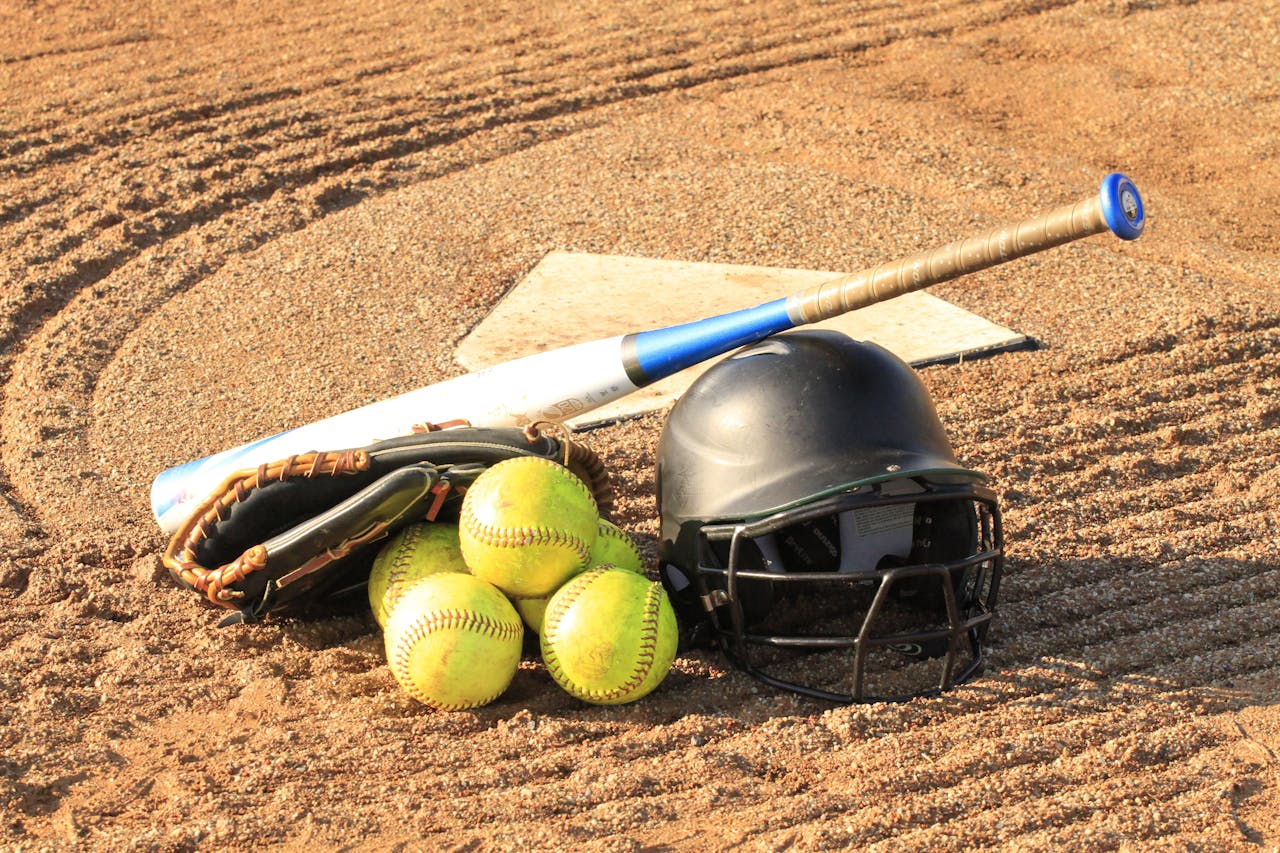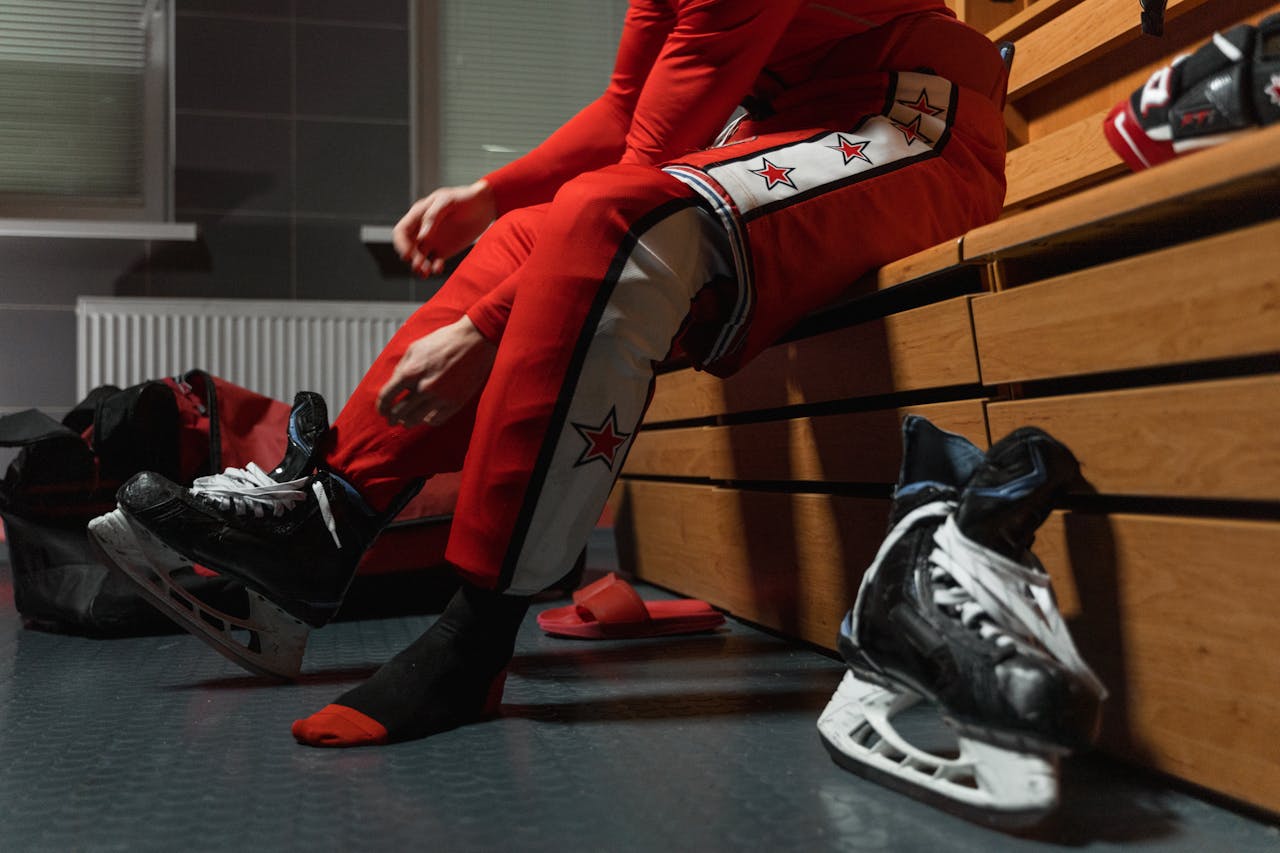Sports Gear and Equipment: Choosing the Right Tools for Your Sport
When it comes to excelling in sports, the right gear and equipment can make a significant difference in performance, safety, and enjoyment. Whether you're a seasoned athlete or just starting out, understanding how to choose the right tools for your sport is crucial. This guide provides insights into selecting sports gear for various activities, ensuring you get the most out of your time on the field, court, or track.


Understanding the Importance of Sports Gear
Performance and Comfort
- Performance Enhancement: Proper gear can enhance your performance by providing support, increasing agility, and improving technique. For example, well-fitted running shoes can enhance your stride, while a quality tennis racket can improve your swing.
- Comfort and Fit: Gear that fits well helps prevent discomfort and injury. For instance, sports bras, padded shorts, and well-designed shoes ensure comfort and reduce the risk of chafing or blisters.
Safety and Injury Prevention
- Protective Gear: For contact sports like football or hockey, protective equipment such as helmets, pads, and mouthguards is essential to minimize injury risk.
- Quality and Standards: Ensure that the gear meets safety standards and regulations specific to your sport. High-quality equipment often includes certifications and has undergone rigorous testing for safety.
Choosing Gear for Popular Sports
Running
- Running Shoes: Look for shoes that provide adequate cushioning, support, and fit your foot type (neutral, overpronation, or underpronation). Consider factors such as arch support and the terrain you'll be running on (road, trail, or track).
- Apparel: Invest in moisture-wicking fabrics to keep you dry, as well as supportive socks to prevent blisters. Reflective gear is also important for running in low-light conditions.
Basketball
- Basketball Shoes: Opt for shoes that offer good ankle support, cushioning, and grip. High-top shoes are often preferred for added ankle stability.
- Protective Gear: While not always required, knee and elbow pads can provide extra protection during falls or collisions. Additionally, wearing a mouthguard can help protect your teeth.
Soccer
- Soccer Cleats: Choose cleats appropriate for the playing surface (firm ground, soft ground, or artificial turf). The right cleat will offer proper traction and control.
- Shin Guards: Essential for protecting your shins from kicks and impacts. Ensure they fit comfortably and are secured properly.
Cycling
- Bike: Select a bike that suits your style of cycling (road, mountain, or hybrid). Factors such as frame size, type of gears, and wheel size are crucial for comfort and performance.
- Helmet and Gear: Always wear a properly fitted helmet and consider additional gear such as padded gloves, cycling shorts, and reflective clothing for safety.
Swimming
- Swimsuits: Choose suits made from high-quality, chlorine-resistant materials. For competitive swimming, a suit that reduces drag and enhances buoyancy is beneficial.
- Goggles and Caps: Goggles should fit well and provide a clear field of vision. Swim caps help reduce drag and keep hair out of your face.
Evaluating and Maintaining Your Gear
Quality and Brand
- Research Brands: Opt for reputable brands known for quality and durability in your sport. Look for reviews and recommendations from other athletes.
- Warranty and Returns: Check if the gear comes with a warranty or return policy in case of defects or if it doesn’t meet your expectations.
Maintenance and Care
- Regular Cleaning: Follow the manufacturer’s instructions for cleaning and maintaining your gear. For example, wash sportswear in cold water and air dry to prolong its lifespan.
- Inspection and Replacement: Regularly inspect your gear for signs of wear and tear. Replace items such as running shoes or bike tires when they become worn out to maintain performance and safety.
Budgeting for Sports Gear
Cost vs. Value
- Invest Wisely: While high-quality gear often comes at a higher price, it can offer better performance and durability. Consider it an investment in your health and performance.
- Look for Deals: Shop during sales or look for discounts. Sometimes last season’s models can offer significant savings while still providing excellent performance.
Second-Hand Gear
- Pros and Cons: Second-hand gear can be a cost-effective option, especially for children who quickly outgrow their equipment. However, ensure it’s in good condition and meets safety standards.
Customizing Gear for Individual Needs
Personal Preferences
- Adjustments: Some gear, like bike saddles or running shoes, can be customized or adjusted to better fit your body and preferences.
- Consult Experts: Seek advice from professionals or specialized stores when choosing gear. They can help you find equipment tailored to your specific needs and goals.
Ergonomics and Comfort
- Custom Fittings: For sports where fit is crucial (e.g., ski boots, baseball gloves), consider professional fittings to ensure optimal comfort and performance.
- Trial Runs: If possible, test gear before purchasing to ensure it feels comfortable and meets your needs.


Choosing the right sports gear and equipment is essential for enhancing performance, ensuring safety, and maximizing enjoyment in your favorite activities. By understanding the importance of proper gear, evaluating your options for different sports, maintaining your equipment, and making informed purchases, you can achieve better results and have a more enjoyable experience. Whether you’re a casual participant or a competitive athlete, investing in quality gear tailored to your needs is a key step towards reaching your sports goals.












